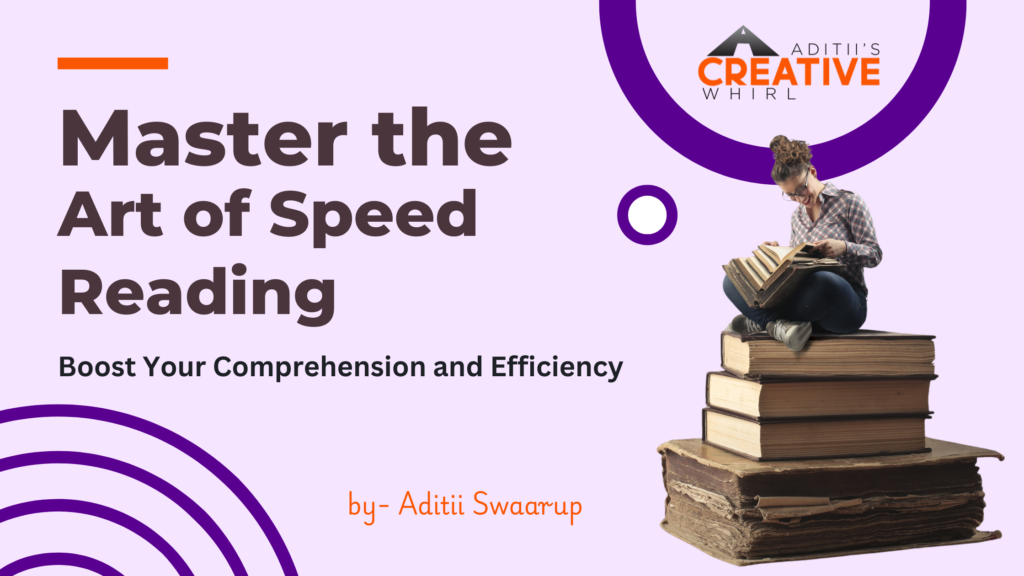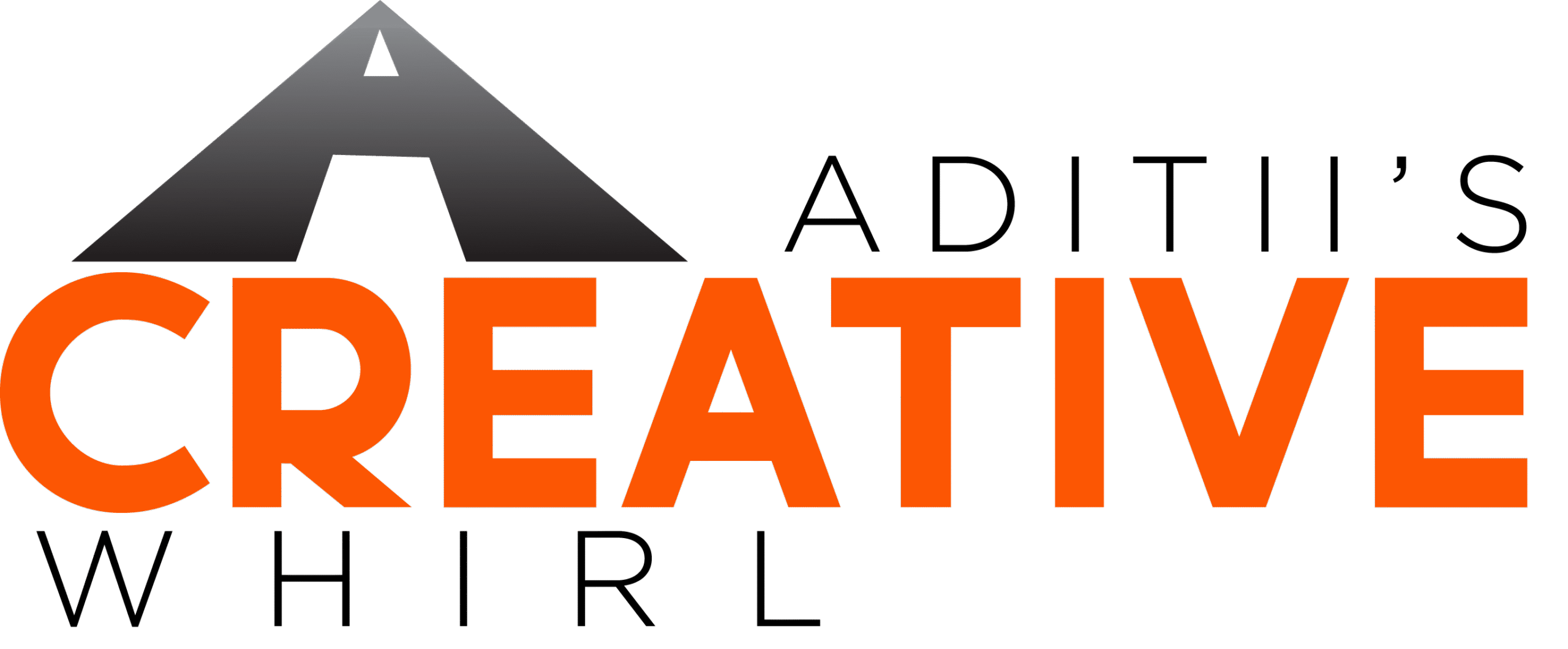
As an experienced ESL and IELTS development coach, I understand the challenges students face in improving their reading speed and comprehension. Whether you’re preparing for competitive exams like IELTS / PTE / CELPIP or simply aiming to enhance your reading skills, mastering speed reading can significantly impact your success. This comprehensive guide will provide you with effective speed reading techniques and strategies to boost both your comprehension and reading efficiency.
Let’s embark on this journey to unlock your full reading potential!
Understanding Reading Speed for ESL and IELTS Success
Before diving into the strategies, it’s essential to establish a baseline for your current reading speed and comprehension.
1. The Ideal Reading Speed
- The average adult reads at about 200-300 words per minute (wpm).
- Skilled readers can achieve 400-700 wpm while maintaining good comprehension.
- Speed reading experts may reach 1000-1700 wpm, but this often comes at the expense of reduced comprehension.
2. Measuring Your Reading Speed
- Choose a book or article at your current reading level.
- Set a timer for one minute and start reading.
- When the timer stops, count the words you’ve read.
- Repeat this process 3-5 times with different passages to get an average.
To assess comprehension, try answering questions about what you’ve read. Remember, the goal is to increase both speed and understanding. Striking a balance between the two is crucial for effective reading.

Building a Strong Reading Foundation for Speed Reading
1. Expand Your Vocabulary
- Use a thesaurus to learn synonyms and antonyms.
- Create word lists and review them regularly.
- Engage with word games or use vocabulary-building apps.
2. Leverage Context Clues
- Look for hints in surrounding words and sentences.
- Consider the overall topic and tone of the passage.
- Use prefixes, suffixes, and root words to infer meanings.
3. Read Regularly
- Set aside at least 30 minutes each day for reading.
- Explore a variety of materials: newspapers, novels, and non-fiction books.
- Join a book club or an online reading community for motivation.
4. Progressive Challenge
- Begin with texts slightly below your current level.
- Gradually increase the difficulty as your skills improve.
- Mix easier and more challenging texts to maintain confidence.
5. Track Your Progress
- Keep a reading log with dates, materials, and time spent.
- Regularly reassess your reading speed and comprehension.
- Set realistic goals and celebrate your achievements.

Advanced Speed Reading Techniques to Increase Efficiency
1. The Pointer Method
- Use your finger or a pen to guide your eyes across the page.
- Move the pointer slightly faster than your comfortable reading speed.
- This reduces regression (re-reading) and enhances focus.
2. Chunking
- Train your eyes to take in groups of words instead of individual ones.
- Start with 2-3 word chunks and gradually increase.
- Practice seeing phrases as single units of meaning.
3. Minimize Subvocalization
- Reduce the habit of “hearing” words in your head as you read.
- Use your finger to pace yourself, moving faster than your inner voice.
- Focus on visual processing rather than auditory.
4. Peripheral Vision Training
- Practice widening your visual field while reading.
- Try to see words on either side of your focal point.
- This helps increase the amount of text you can process at once.
5. Skimming and Scanning
- Skim to get a general idea of the text’s structure and main points.
- Scan for specific information using keywords or phrases.
- Use these techniques to decide which sections need careful reading.

Enhance Reading Comprehension with Proven Strategies
1. Preview the Text
- Read the title, headings, and subheadings.
- Look at images, charts, and captions.
- Skim the introduction and conclusion.
2. Set a Purpose
- Ask yourself why you’re reading this text.
- Formulate questions you want answered.
- This focus helps you filter and retain relevant information.
3. Active Reading Strategies
- Highlight key points (but avoid overdoing it!).
- Take notes in the margins or in a separate notebook.
- Create mind maps or diagrams to visualize connections.
4. Summarize as You Go
- Pause after each section to recap the main ideas.
- Put the information into your own words.
- This reinforces understanding and aids retention.
5. Question the Text
- Ask who, what, when, where, why, and how.
- Challenge the author’s assumptions or arguments.
- Connect the information to your existing knowledge.
6. Visualize the Content
- Create mental images of concepts or processes.
- For abstract ideas, find concrete analogies.
- This engages multiple areas of your brain, enhancing memory.
7. Discuss or Teach the Material
- Explain what you’ve read to someone else.
- Join study groups or online forums to share insights.
- Teaching others is one of the best ways to solidify your own understanding.
Overcoming Common Challenges in Speed Reading
1. Distractions
- Find a quiet, comfortable reading space.
- Use noise-cancelling headphones if necessary.
- Practice mindfulness techniques to improve focus.
2. Fatigue
- Take regular breaks (e.g., 5 minutes every 25 minutes).
- Stay hydrated and maintain good posture.
- Read during your peak alertness hours when possible.
3. Difficult Texts
- Break the text into smaller, manageable sections.
- Use supplementary resources like dictionaries or subject guides.
- Don’t hesitate to re-read complex passages.
4. Lack of Interest
- Find connections between the text and your personal interests.
- Set rewards for completing challenging reading tasks.
- Try different formats (e.g., audiobooks, e-books) for variety.

Action Plan to Transform Your Reading Skills
- Assess your current reading speed and comprehension level.
- Set realistic goals for improvement (e.g., increase speed by 10% each month).
- Practice speed reading techniques for 15-20 minutes daily.
- Read a variety of materials for at least 30 minutes every day.
- Regularly test your speed and comprehension to track progress.
- Join a reading group or find an accountability partner.
- Be patient and persistent—significant improvement takes time!
Ready to Transform Your Reading Skills?
At Creative Whirl, we’re passionate about helping students like you achieve their full potential. Our ESL classes and IELTS preparation courses incorporate these proven speed reading and comprehension techniques, tailored to your individual needs and goals.
Don’t let slow reading hold you back from academic success or personal growth. Take the first step toward becoming a confident, efficient reader by joining our community of learners at Creative Whirl.
Contact us today to learn more about our programs and start your journey to reading mastery. Remember, the world of knowledge is at your fingertips—all you need are the right tools to access it. Let’s unlock your reading potential together!
